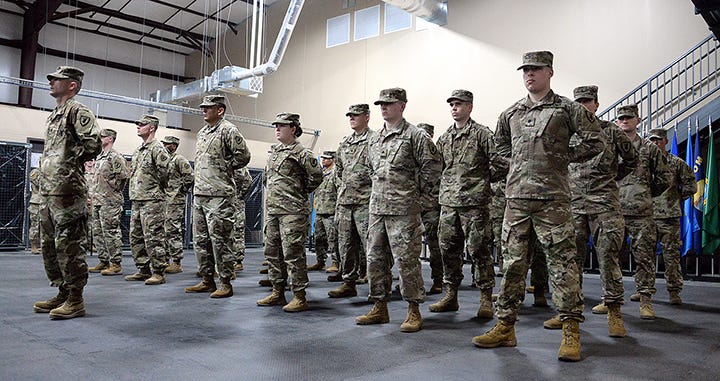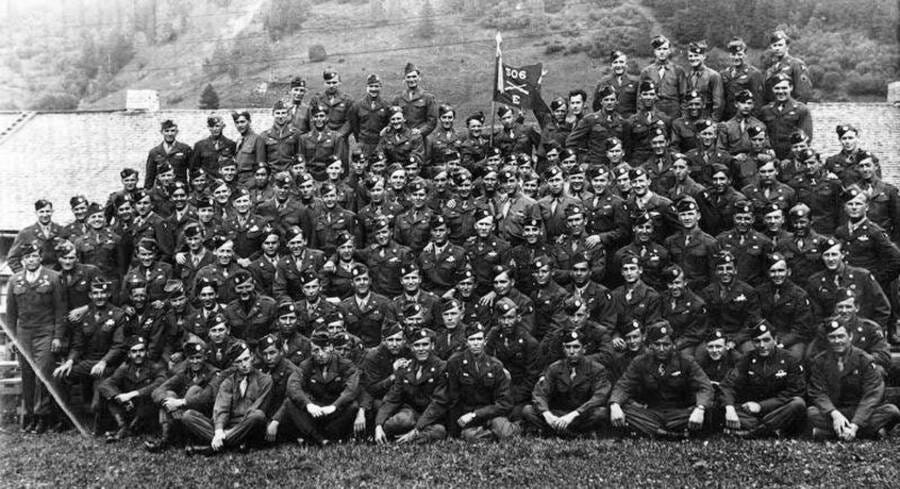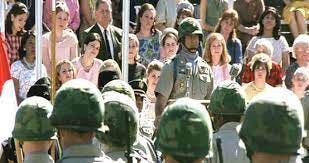14 years ago, while a newly commissioned Second Lieutenant stationed at Fort Huachuca, Arizona, I learned about Order of Battle. Used for mission planning, “Order of Battle” was defined by Prussian General Carl von Clausewitz more than two centuries ago as “that division and formation of the different arms into separate parts, or sections, of the whole Army, and that form of general position or disposition of those parts which is to be the norm throughout the whole campaign or war.”
Intelligence officers get a front row seat for the intense strategizing that take place in the mission planning phase known as IPB, Intelligence Preparation of the Battlefield. A former ROTC instructor of mine once told me, “Good intelligence officers are worth their weight in gold.” It is true, a strong intelligence assessment will accurately depict enemy strength and disposition and account for your own strength and capabilities while considering external effects, such as weather, terrain, and lighting; in contrast, a bad intelligence assessment will jeopardize the operation and the men conducting it.
The Army, the largest of our six service branches, has four major functional categories in which nearly every enlisted soldier and officer belongs: Maneuver Fires and Effects, Operations Support, Force Sustainment, and Health Services. These have evolved since I commissioned in 2008 and have been reorganized, but with little truly new. Those areas contain the following Army functional branches:
Maneuver Fires and Effects
Infantry – the basic concept of warfare is to eliminate the enemy; these are the ground troops
Air Defense Artillery – the branch responsible for shooting down enemy missiles and aircraft – it is not used in its traditional role in the modern operating environment, but would be in a major theater conflict
Armor – the branch with the tanks, modern day Cavalry
Aviation – mostly helicopters, but with some fixed wing applications for reconnaissance
Engineer – for mobility, counter-mobility, and survivability
Field Artillery – “King of Battle,” as old as arrows and as modern as laser guided shells
Special Forces – used for unique operations requiring special skills in teaching and fighting
Operations Support
Chemical – for response in a Nuclear, Biological, and Chemical scenario
Military Intelligence – to find, know, and never lose the enemy; this was my branch
Military Police – the Army’s own security force
Signal Corps – communications experts critical for rapid war effort
Cyber – one of the newer branches made to handle the modern battlefield
Force Sustainment
Chaplain – all major faiths represented
Civil Affairs – winning hearts and minds
JAG – military lawyers
Adjutant General – the Army’s HR department
Finance – found in higher echelons and part of the big picture money environment
Ordnance – bombs and bullets
Quartermaster – supplying the force
Transportation – given charge over many logistical fields, including wheeled movement
Health Services
Dental Corps, Medical Corps, Nurse Corps, Medical Specialist Corps, Veterinary Corps
Medical Service Corps – not necessary to be a medical specialist, handles the big picture of Army medicine administratively
Chain of Command
Echelon Order of Battle
As for echelons, I will use the infantry, the most primitive and time-tested array of soldiering possible. The most basic fighting unit, known to warfighters since the dawn of history, is the individual soldier. Four or five soldiers make up what is called a Fire Team. The “Order of Battle” symbology for a Fire Team is ø.
Fire Team = ø
Leader = Corporal (E-4) or Sergeant (E-5)
Strength = 4-5
2 Fire Teams make up a Squad.
-
Squad = ●
Leader = Sergeant (E-5) or Staff Sergeant (E-6)
Strength = 10
-
2 Squads make up a Section.
Section = ●●
Leader = Staff Sergeant (E-6)
Strength = 20
-
2 Sections make up a Platoon. Watch the movie Platoon for a glimpse of small unit tactics dependent on non-commissioned officer leadership and at the mercy of a green Lieutenant.
Platoon = ●●●
Commander = Second Lieutenant (O-1) or First Lieutenant (O-2)
Senior Enlisted Leader = Sergeant First Class (E-7)
Strength = 40
-
3-5 platoons make up a Company. Think of Easy Company in Band of Brothers, with Captain Winters in command, mentoring several Lieutenants. The Captain in command has a First Lieutenant serving as Executive Officer (XO) – second in command and tasked with handling logistical and administrative duties for the commander.
Company = I
Commander = Captain (O-3)
Senior Enlisted Leader = First Sergeant (E-8)
Strength = 200
-
3-5 Companies make up a Battalion. The Lieutenant Colonel in command oversees companies commanded by Captains. He will have a Major as his XO, and a staff echelon appears for the first time, numbered in the way Napoleon devised two centuries ago. Staff elements continue for all higher echelons and expand in size.
S1 – Adjutant (Captain)
S2 – Military Intelligence (Captain)
S3 – Operations (Major)
S4 – Logistics (Captain)
S5 – Not generally in use at Battalion level (Public Affairs)
S6 – Signal (Captain)
We Were Soldiers is an excellent modern movie featuring a Battalion Commander, Hal Moore, in action.
Battalion = II
Commander = Lieutenant Colonel (O-5)
Senior Enlisted Leader = Command Sergeant Major (E-9)
Strength = 1,000
-
3-5 Battalions make up a Brigade. The Colonel in command has a Lieutenant Colonel as Deputy Commanding Officer (DCO) and a Major or Lieutenant Colonel leading the staff as XO. As outlined in the battalion above, the Brigade has an even larger staff element.
Brigade = X
Commander = Colonel (O-6)
Senior Enlisted Leader = Command Sergeant Major (E-9)
Strength = 5,000
-
3-4 Brigades make up a Division, the first echelon commanded by a General Officer.
Division = XX
Commander = Major General (O-8)
Senior Enlisted Leader = Command Sergeant Major (E-9)
Strength = 15,000
-
2-4 Divisions make up a Corps.
Corps = XXX
Commander = Lieutenant General (O-9)
Senior Enlisted Leader = Command Sergeant Major (E-9)
Strength = 45,000
-
2-4 Corps make up a Field Army.
Field Army = XXXX
Commander = General (O-10)
Senior Enlisted Leader = Command Sergeant Major (E-9)
Strength = 90,000
-
4-5 Field Armies make up an Army Group.
Army Group = XXXX
Commander = General (O-10)
Senior Enlisted Leader = Command Sergeant Major (E-9)
Strength = 400,000
-
The modern Army organized into Brigade Combat Teams in recent decades to meet the high operational tempo of the post-9/11 era. Those brigades are task-organized to be rapidly deployable and self-sustaining, each with their own logistical, administrative, and medical support capabilities. Absent a major theater conflict or large-scale invasion, most combat operations take place at the Brigade level or below.
Special Operations Forces, like Rangers or Special Forces, operate within the mainstream Army operational picture at times, but generally march to the beat of their own drums and conduct covert missions or special shaping operations requiring special precision and aptitude not possible with larger elements.








Unicode to the rescue: ● ○ ⨉ |
You might also find some better alternatives here: https://unicode-table.com/en/
But you should be able to copy+paste the above
Well done, Capt 🇺🇸☝️⚡️♠️